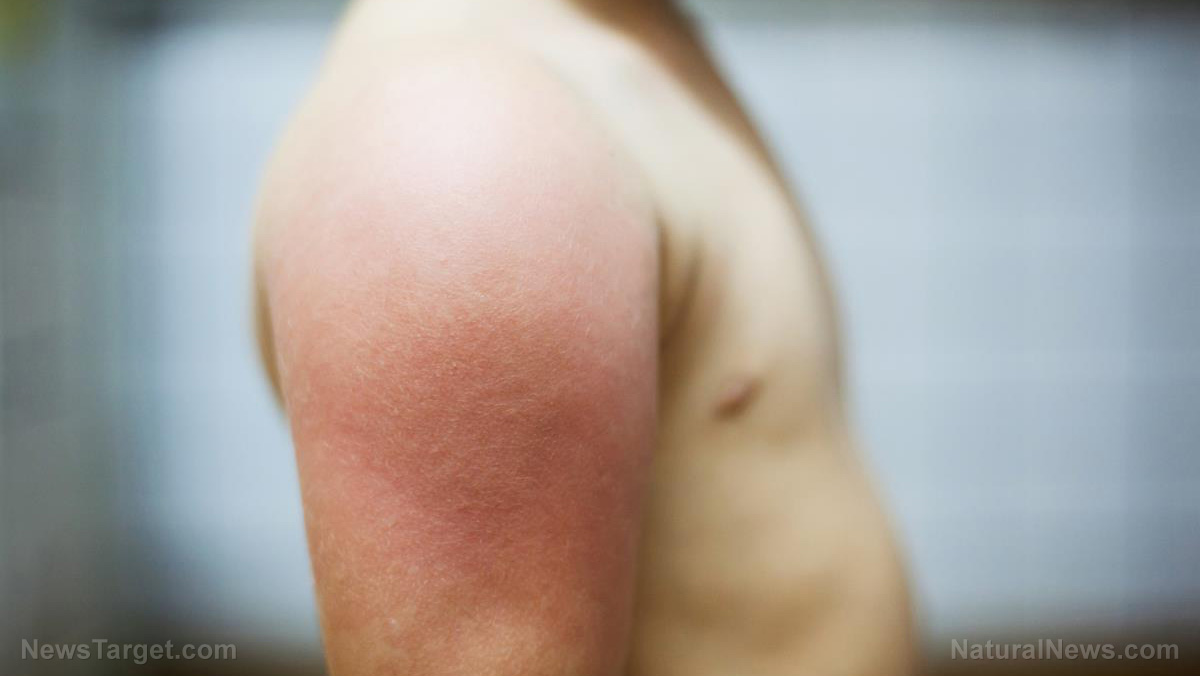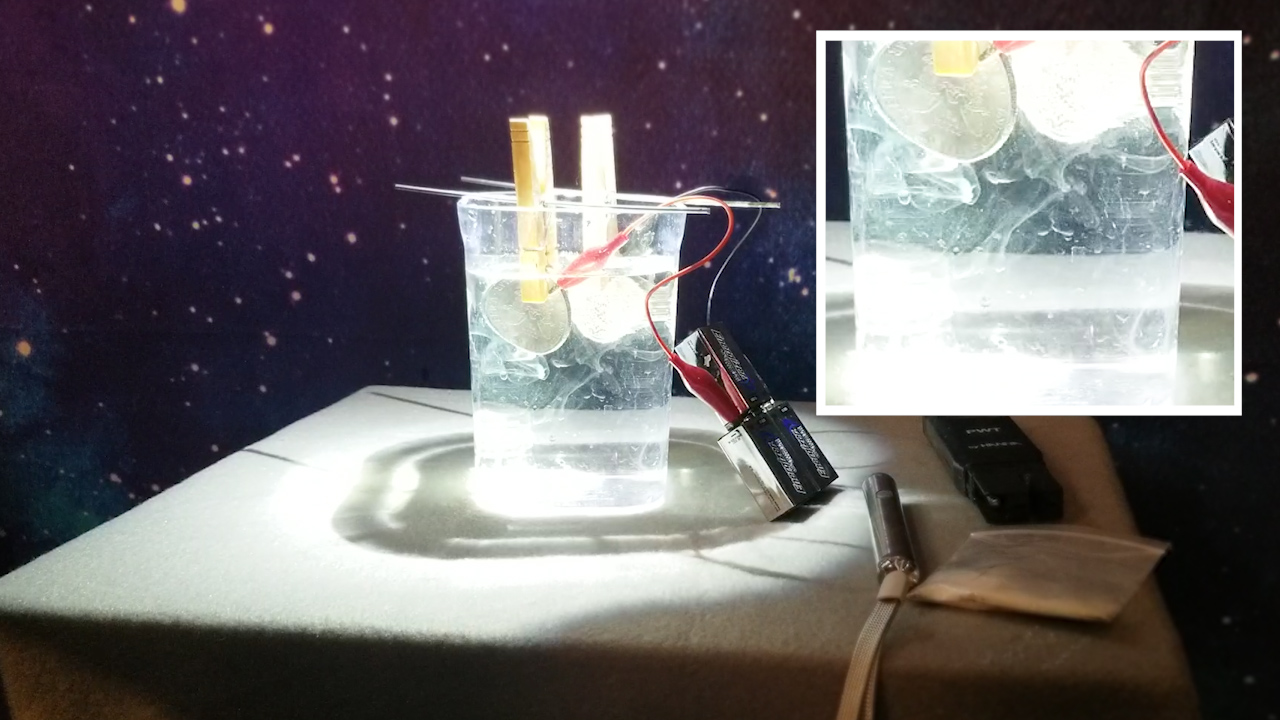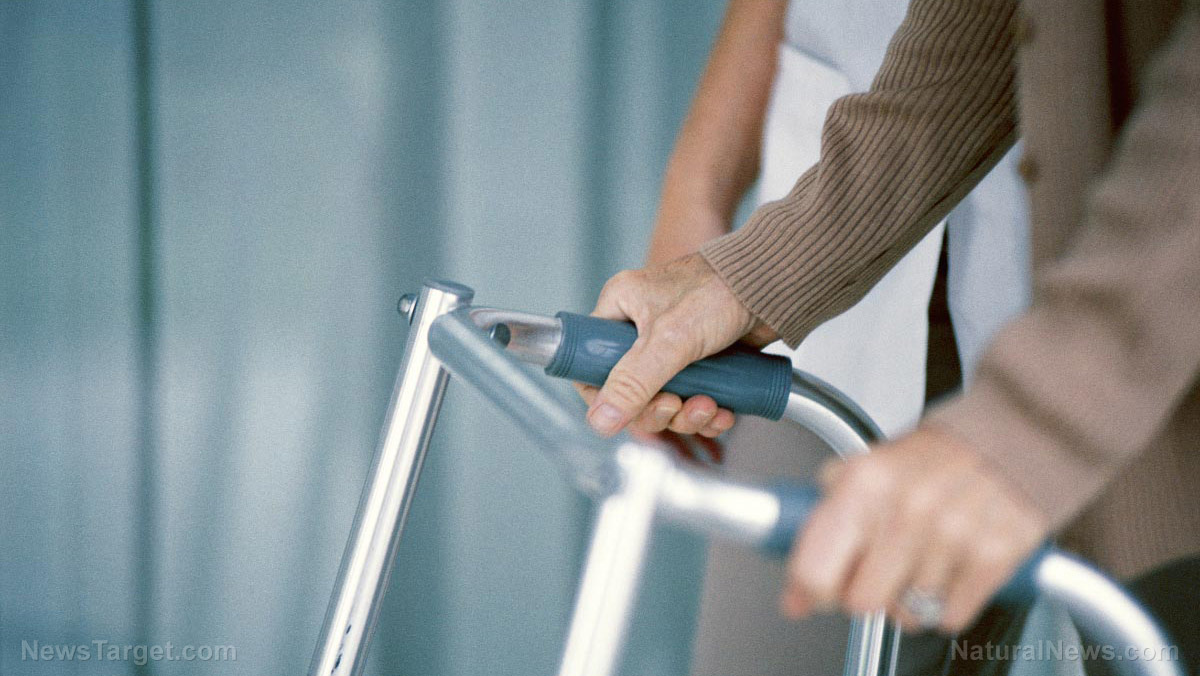Prurigo pigmentosa: What causes “keto rash?”
06/08/2020 / By Divina Ramirez

Keto rash is a rare skin condition that sometimes occurs when adopting a ketogenic diet. It is also known as prurigo pigmentosa, and it is characterized by a red, itchy rash that spreads across the chest and the back.
Unlike other rashes and skin conditions, keto rash tends to develop in symmetrical patterns on both sides of the body. The rash is more prominent on the torso, but it can also spread to the shoulders and neck.
The exact cause of keto rash is still up for debate, but experts believe that it is linked to the keto diet, a type of low-carb, high-fat and high-protein diet. People who adopt a keto diet tend to lose weight since the body burns fat for fuel instead of carbohydrates.
A person is said to enter ketosis, a natural metabolic state, after a certain period on the diet. In ketosis, the body produces ketone bodies out of fat, which it then uses to create energy instead of carbohydrates.
Possible causes of keto rash
Besides a keto diet, other possible causes of keto rash include:
- Fasting – Some people who fast for intermittent periods and end up with low carbohydrate levels are also observed to have keto rash.
- Type 2 diabetes –Diabetic individuals who are on strict low-carb diets can also develop keto rash, but the link between the two remains unclear.
- Hormonal changes – Certain hormonal changes due to pregnancy and menstruation are also thought to affect the risk of keto rash.
- Complications of bariatric surgery – Bariatric surgery, a type of weight-loss surgery, also causes hormonal changes, which might trigger the onset of keto rash.
Although little is known about the exact cause of keto rash, healthcare professionals rely on certain signs that distinguish a keto rash from other types of rashes and itchy skin conditions. A rash is believed to be a keto rash if:
- The itchiness starts as soon as the person follows a ketogenic diet.
- The itchiness stops within a day or so of increased carbohydrate intake.
- The itchiness gets worse in hot weather or after exercise sessions.
- The distribution of the rash in the body corresponds to areas where sweat tends to accumulate, such as the chest, shoulders, back, armpits and legs.
Natural ways to treat and prevent keto rash
There are several ways you can treat keto rash without the use of synthetic ointments or antibiotics. To relieve symptoms fast:
- Don’t scratch the rash – The more you scratch, the more the skin becomes irritated. If possible, don’t touch the rash at all.
- Keep fingernails short – If you struggle to avoid knee-jerk reactions to itchy skin, clip fingernails as short as possible. In this way, even if you absentmindedly scratch the rash, you won’t cause much irritation.
- Moisturize several times a day – A good way to relieve dry, itchy skin is to moisturize the area frequently. There is no set number of times as to how often you ought to moisturize. As a rule of thumb, moisturize as soon as the skin becomes dry again. However, be sure to avoid moisturizers with chemicals that can damage the skin, such as parabens, phthalates and synthetic fragrances.
- Avoid contact with irritants – Avoid substances that can irritate the skin further, such as wool, perfume, detergents and the like.
- Wash the skin gently – Don’t scrub the skin when you shower. Wash as gently as possible, and don’t use bathroom products with irritants like parabens.
You can also practice protective measures to prevent the onset of keto rash, such as:
- Wear comfortable clothes – Tight and non-absorbent fabric can make you sweat more than necessary, which can aggravate the skin and cause a rash breakout. Wear loose clothes and ensure the room is properly ventilated to avoid profuse perspiration.
- Shower after you’ve exercised – Sweat can stay on the skin and create a hot and prickly sensation. Make it a habit to shower as soon as you’ve finished a workout session to minimize the risk of skin irritation.
- Modify exercise routines –If the itchiness interferes with daily activities, you might want to skip workout sessions for a while until it subsides. Alternatively, you can do exercises that won’t cause you to sweat as much, like tai chi and yoga.
- Exit ketosis – If all else fails, you might need to exit ketosis for a day at the very least. To do this, eat more carbohydrates. If you worry about a sudden weight gain, you can follow a low-carb diet (50–100 g of carbohydrates per day) or fast for intermittent periods.
Keto rash is a rare condition, and it’s easy enough to avoid. If a keto diet worked out for you, don’t let the idea of keto rash deter you completely. After all, some people appear to get it only once, or very early on in ketosis, while others do not get the rash at all. But if all else fails, just eat more carbohydrates.
Visit Prevention.news to learn more about how to prevent complications of diets and fasting.
Sources include:
Tagged Under: alternative medicine, Diets, fasting, keto rash, ketogenic diet, low carb diet, natural cures, natural medicine, prevention, remedies, skin health, tips
RECENT NEWS & ARTICLES
COPYRIGHT © 2017 NATURAL MEDICINE NEWS



















